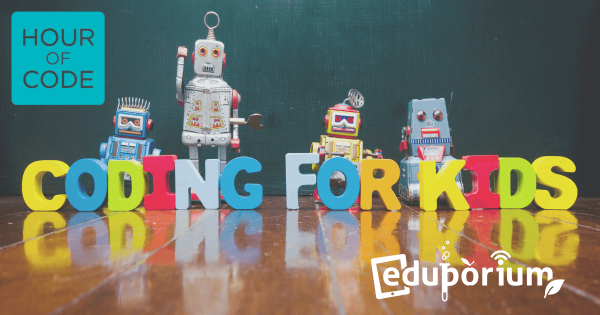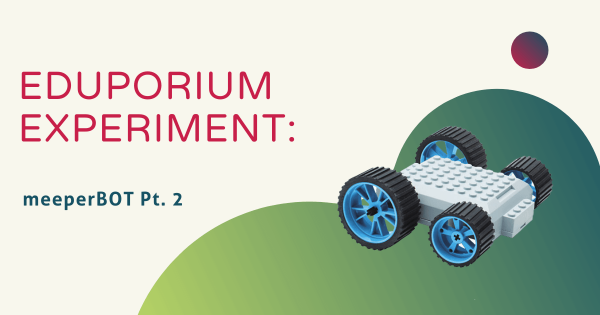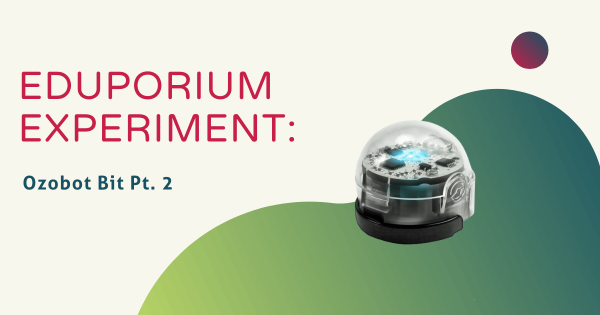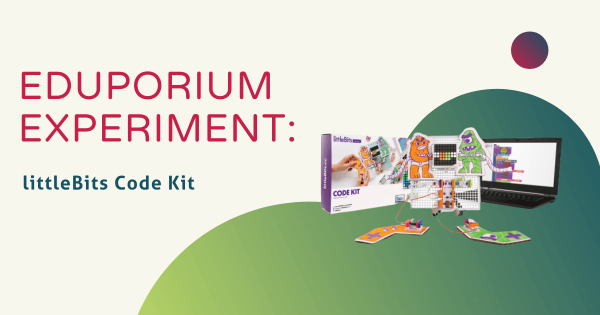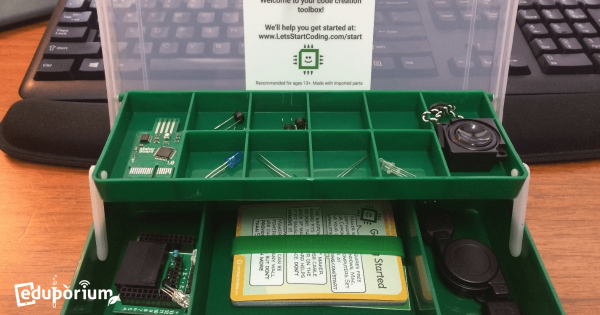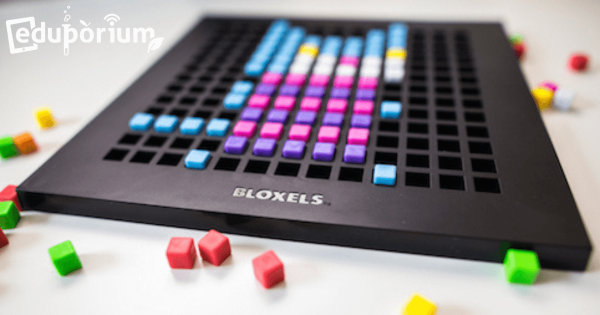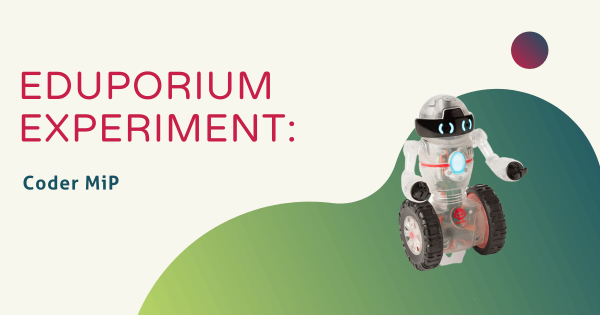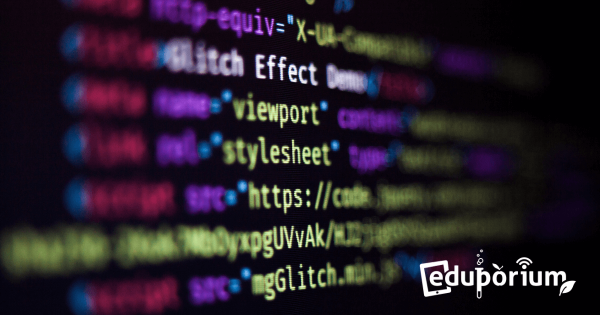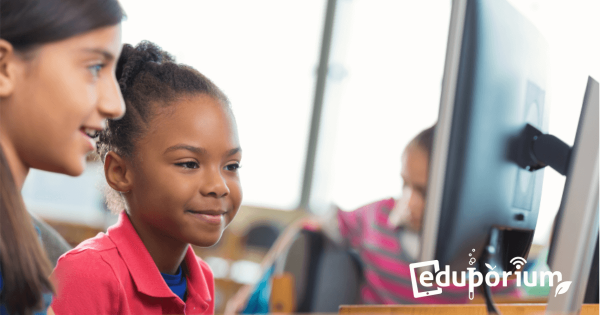We don’t care how. We just want to help teachers get kids coding. And what better time of the year to do so? We trust that everyone has been having a great CS Ed Week, but if you want to try some new things towards the end of it or carry it over into next week or even next year,
Computer Science
Computer science remains an integral element of STEM education and, these days, of K-12 education as a whole. With so many connections to current or future career opportunities, learning computer science skills can unlock various professional benefits for today's students. Because much of computer science ties in to the STEM economy in so many ways, it truly began to boom in high schools over the last couple decades. Now, however, students are starting to get a taste of it as early as kindergarten. With that foundation, they can continue learning new and more intricate skills throughout elementary and middle school. This helps put them in a prime position to learn the more advanced skills and coding languages in high school. With hands-on coding experiences serving as a driving introductory force to learning computer science, tons of students continue to benefit.
It's truly possible to incorporate a computer science curriculum at all levels of education. Even if experiences happen only after school, kids of any ages could partake. As early on as kindergarten, children can explore screen-free coding and develop foundational CS skills with tools like the Cubetto Robot or Bee-Bot. And, moving into early elementary school, they can dive into digital coding with block-based challenges. This introduces them to some more important elements of computer science and includes robust solutions they can try in classrooms. Among them are the Ozobot Evo, Dash Robot, Root Robot, and tons of others. Then, in middle school, they could explore graphical coding further or get into text-based coding. Using tools like the Edison Robot, Finch 2.0, Marty V2, or others, they can try more. Then, they'll be ready for full text code in high school with the NAO AI, databot 2.0, or others.
-
Eduporium Experiment | meeperBOT Pt. 2
The meeperBOT 2.0 is an affordable, programmable, and LEGO-compatible robot recommended for kids aged five and up that features a simple design but packs some great capabilities. Kids can drive, program, and video their bot using three different drive modes and various command functions in the meeperBOT app. -
Eduporium Weekly | We Need More Computer Science in K–12
Coding is arguably far and away the most important skill that our students need to learn and the structure of today’s economy certainly supports that belief. It’s not that simply the highest-paying jobs require workers to be proficient in coding—it’s even starting to trend towards the entire workforce needing coding skills in some form or another. -
Eduporium Experiment | Ozobot Bit Pt. 2
Although intended for kids aged 6-10, the original version of the Ozobot can help teach students of all ages thanks to its versatility and the range of different things children can do with it. Beginner students can start by experimenting with color coding using easy-to-understand OzoCodes and then build their way up to using OzoBlockly. -
Eduporium Experiment | littleBits Code Kit
Coding is going to be the literacy of the 21st century as more and more of the most lucrative careers require entry-level employees to have some form of mastery. Wouldn’t it be great if there was an EdTech product that leveraged the fun parts of STEM education, like making, design, and invention, while kids learned how to code? -
New Teacher Resources from the Let's Start Coding Team
Coding is an extremely large topic in modern education and has enormous implications on the futures of today’s students. As the flood of coding toys, tools, and websites out there continue to expand, we chatted with Weston Hagan, Director at Let’s Start Coding, about connecting coding with more of today’s existing academic standards when building a new product. -
Programming Video Games Is A Piece Od Cake With Bloxels Kits
Coding is too tough for kids. There’s nothing to simulate what it’s actually like. I’d rather have students learn the theory than the practice. These are some of the things that Bloxels, the video game building kit, helps put to rest. With this interactive tool, students as young as 7 can create their own video games using authentic construction. -
Eduporium Experiment | Coder MiP
Parents and teachers sometimes shy away from introducing younger children to coding and robotics because they are under the impression that these subject areas are too complex for kids in the early grades. We are pleased to say, however, that, thanks to the recent revolution in educational robotics tools, there is no reason to fear coding. -
Eduporium Weekly | What's Shaping K-12 CS Education?
Students as young as first or second grade are able to experience what it’s like to think like a computer scientist thanks to technology tools that replicate the process in a way that’s introductory and age appropriate. Today, computer science is a necessity and, in schools, its prevalence is finally starting to reflect that. -
Eduporium Team Sponsors 100 Girls of Code Event in Georgia
Last Saturday, we took part in our first ever partner event with the 100 Girls of Code organization and it was fantastically successful! Though we could not be there in person since this chapter is located in Georgia and we’re all just outside of Boston, we were still thrilled to contribute to helping create this dynamic makerspace and learning




